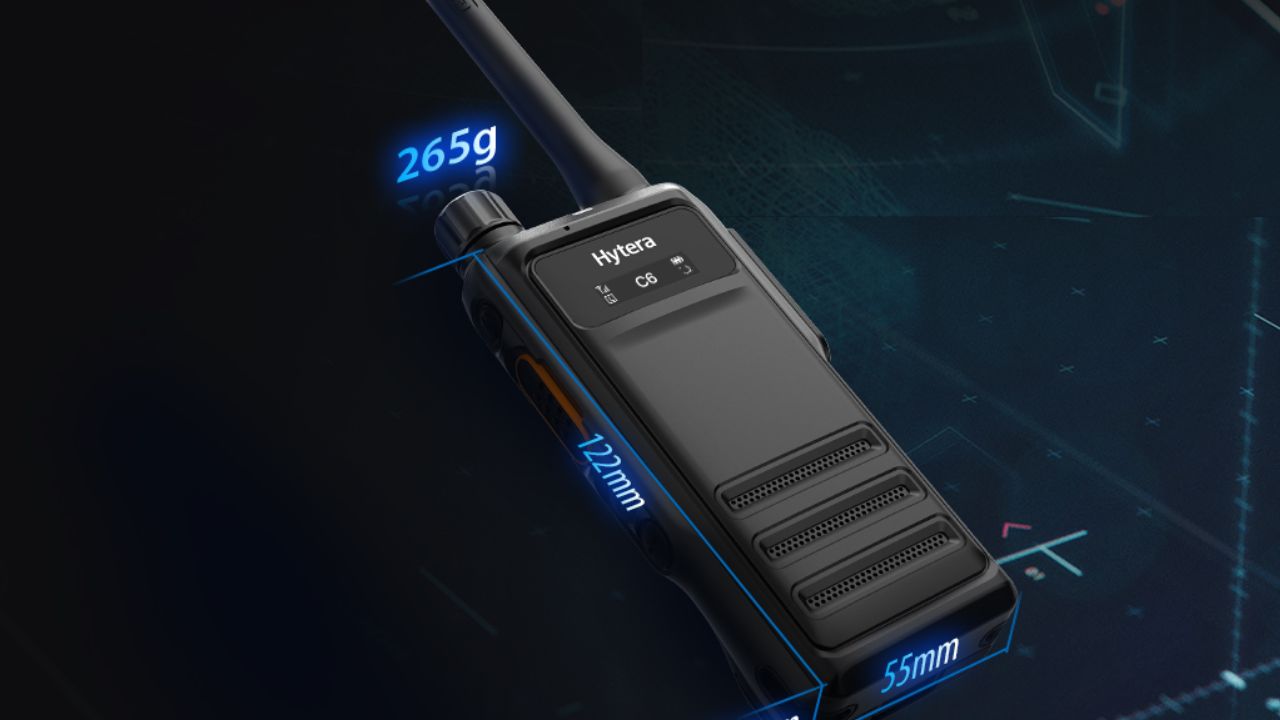Within the communication domain, where instantaneous connectivity is frequently critical, long-range walkie-talkies are powerful instruments engineered to effectively span great distances. Long-range walkie-talkies are designed to overcome geographic restrictions, in contrast to their conventional counterparts, providing a communication lifeline in situations where conventional methods may fail.
Due to the advanced radio frequency and transmission power used by these devices, users can maintain connectivity even in difficult-to-reach places, densely forested areas, or difficult terrain where traditional communication methods might be ineffective. From outdoor excursions and hiking trips to professional settings like construction sites, security operations, and emergency response scenarios, long range walkie talkie find use in a variety of contexts.
Is It Possible To Track A Walkie-Talkie?
By nature, walkie-talkies send out radio signals that are observable and interceptable. However, most consumer-grade devices do not come with the capability to actively track a walkie-talkie's location in real time. Conventional analog walkie-talkies use open frequencies, which means that location information isn't always provided, but it is still possible for someone with the appropriate equipment to listen in on the conversation.
Certain contemporary digital walkie-talkies and two-way radios may be equipped with GPS functionality, allowing for tracking features—particularly in business or industrial contexts where location tracking is essential. However, these characteristics are usually linked to specialized equipment utilized in particular sectors, like logistics or public safety.
Walkie-Talkie Function
Also referred to as two-way radios, walkie-talkies are compact wireless communication devices that enable short-range wireless communication. They use radio frequencies to function and are frequently seen in a variety of settings, including events, outdoor activities, emergencies, and industries. Below is a comprehensive rundown of their features:
Radio Frequencies:
With designated bands like Family Radio Service (FRS) and General Mobile Radio Service (GMRS), radio frequencies are crucial for walkie-talkies. Wireless communication is made possible by frequencies; users choose which channels to send and receive messages on. Frequency allocations are supervised by regulatory organizations to guarantee effective communication and avoid interference.
Transmitter and Receiver:
A transmitter and receiver are both included with walkie-talkies. When users press the Push-to-Talk (PTT) button on the transmitter, audio signals can be sent. Incoming signals from other users on the same frequency are captured by the receiver, enabling two-way communication. This dual purpose is essential to successful wireless communication.
Channels:
Special radio frequencies designated for communication are known as channels in walkie-talkies. To send and receive messages, users can select a channel. By allowing multiple groups to use walkie-talkies simultaneously without interfering, this channelization system offers users a flexible and well-organized way to communicate in a variety of settings.
Push-to-Talk (PTT) Button:
On walkie-talkies, communication is started by pressing the Push-to-Talk (PTT) button. It allows users to speak by pressing a button that turns the device from receiving to transmitting mode. Walkie-talkies are essential for their hands-free, instantaneous functionality, which allows for quick and effective communication in a variety of settings, including both professional and recreational ones.
Duplex Communication:
Duplex communication is supported by walkie-talkies, allowing users to converse and listen at the same time. The duplex functionality improves real-time interaction in contrast to simplex systems, which only permit one-way communication at a time. This feature is critical for efficient user coordination and quick communication in a variety of situations, from group activities to emergencies.
Privacy Codes (CTCSS/DCS):
Walkie-talkie communication is improved by privacy codes like Digital Coded Squelch (DCS) and Continuous Tone Coded Squelch System (CTCSS). By using these codes, users can communicate on the same channel without being aware of other users' transmissions. By blocking unwanted signals, they offer a certain degree of privacy and guarantee more secure and focused communication.
Final Thought
Walkie-talkies offer a dependable and adaptable wireless communication option. They work well in a variety of situations, from leisure activities to business use, thanks to features like push-to-talk capability, duplex communication, privacy codes, and scanning. They are essential instruments for well-coordinated and productive communication because of their simplicity and efficacy.


